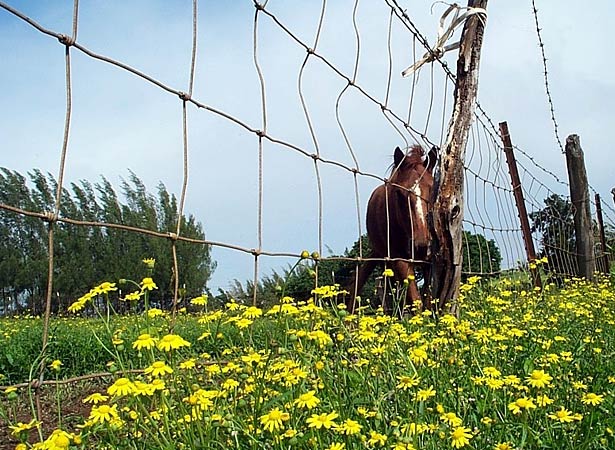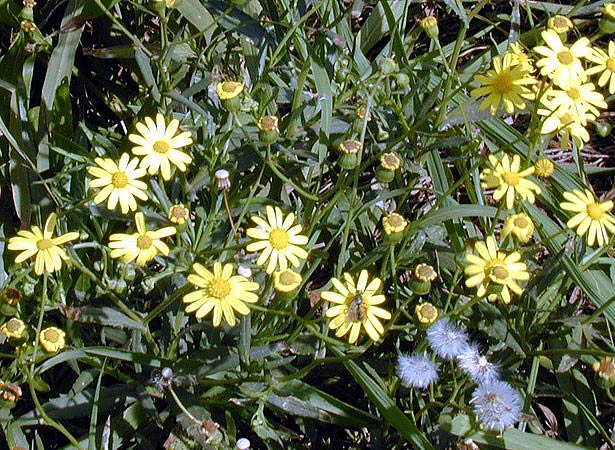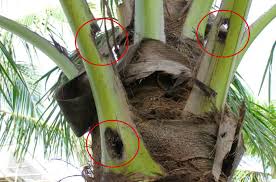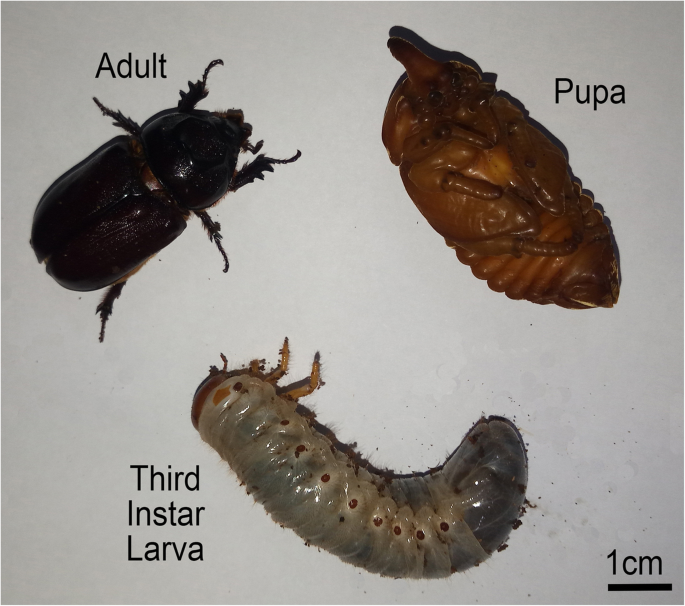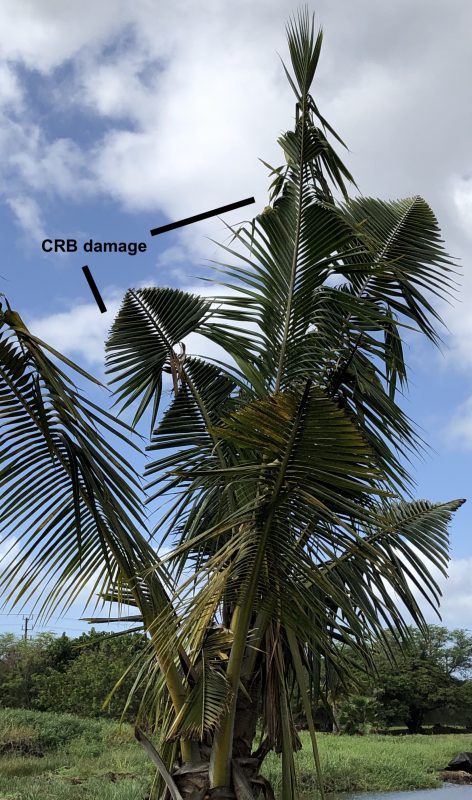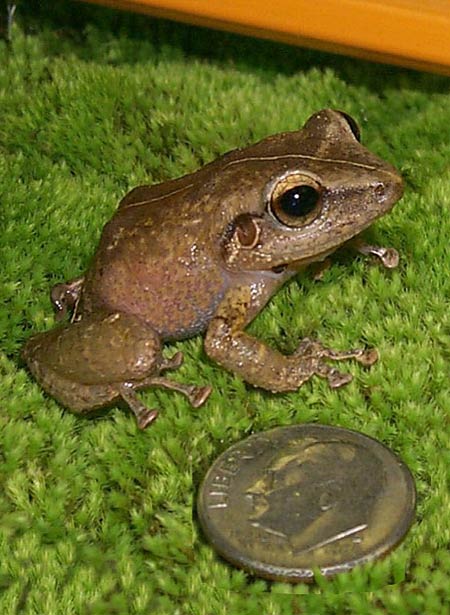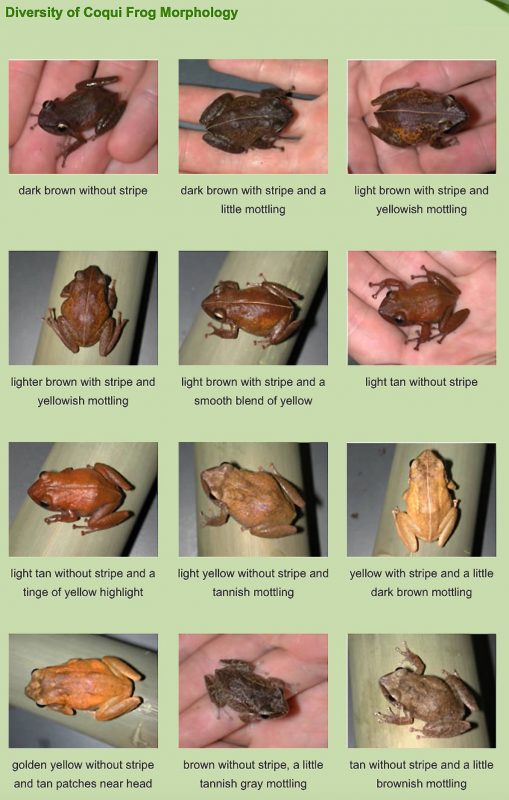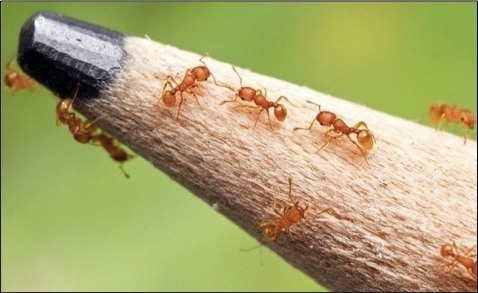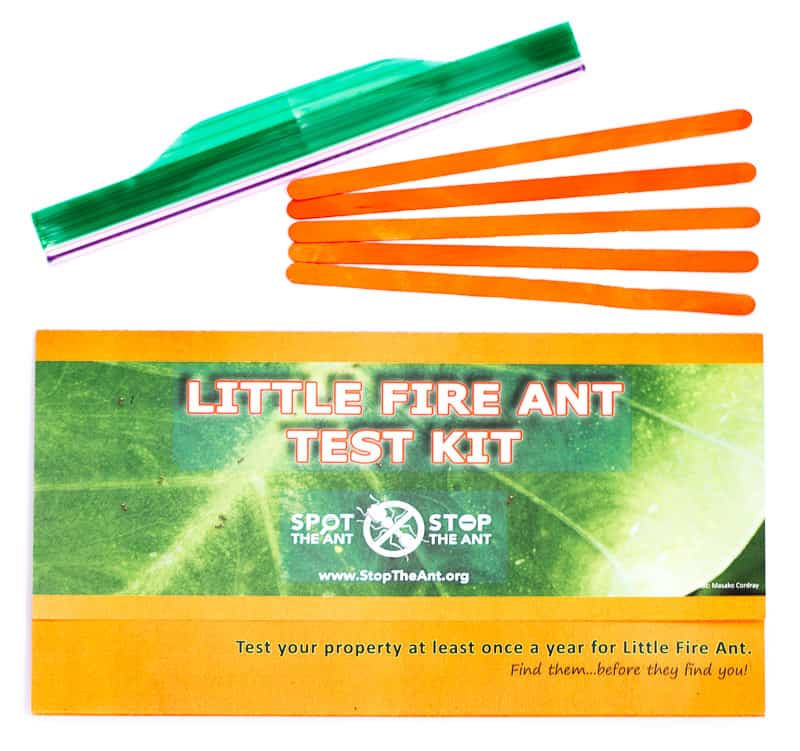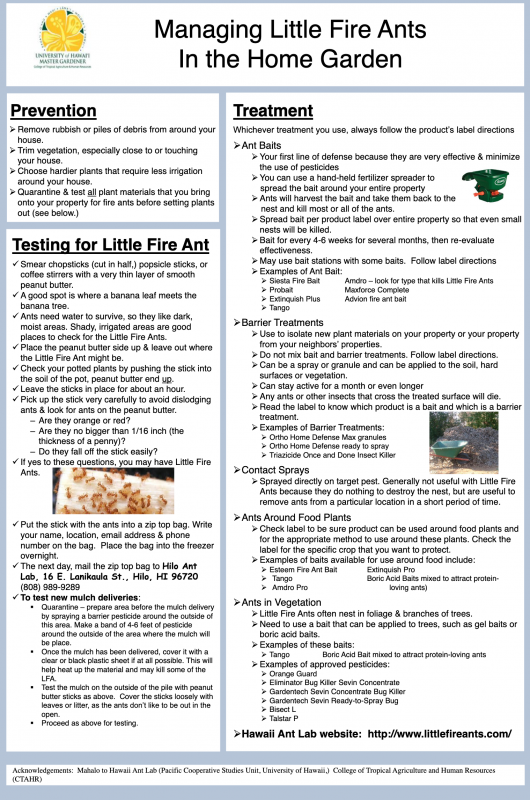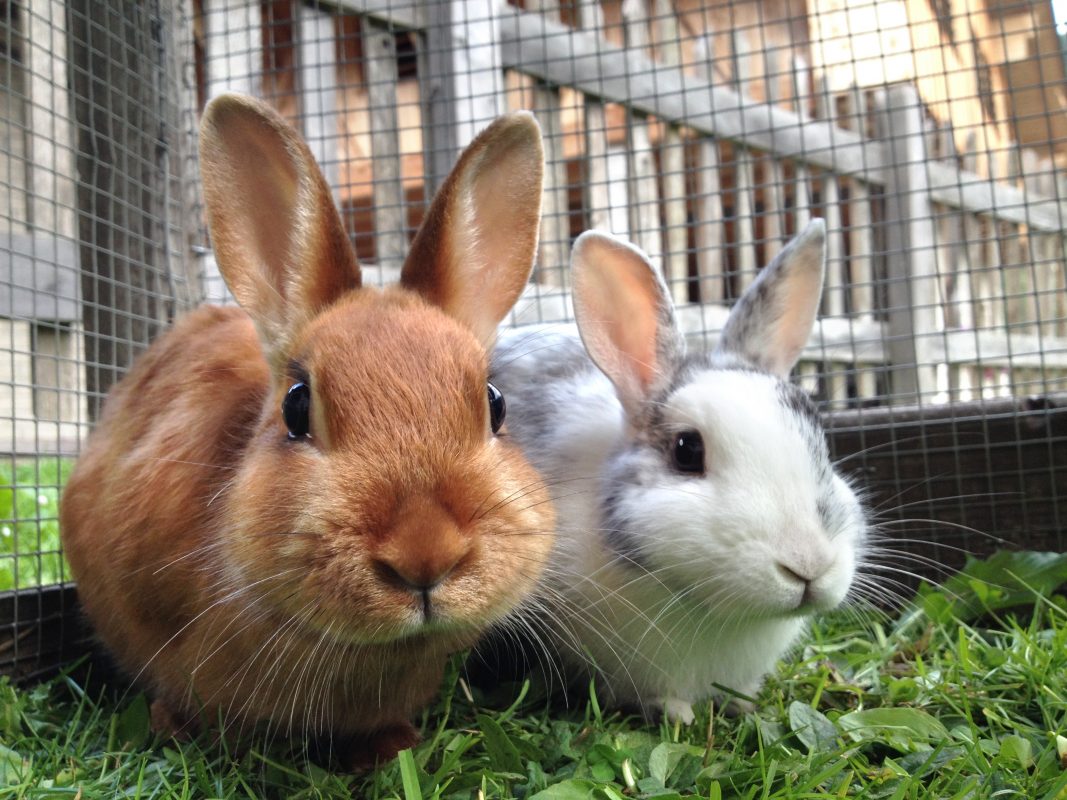Status on Molokai: Fireweed has been found on Molokai and is known to be present in pastures and along disturbed roadsides across the island. Fireweed is not a Target Pest for MoMISC. If you have identified Fireweed and would like to safely remove and dispose of the plant, please follow the steps below and see additional resource links at the bottom of this page.
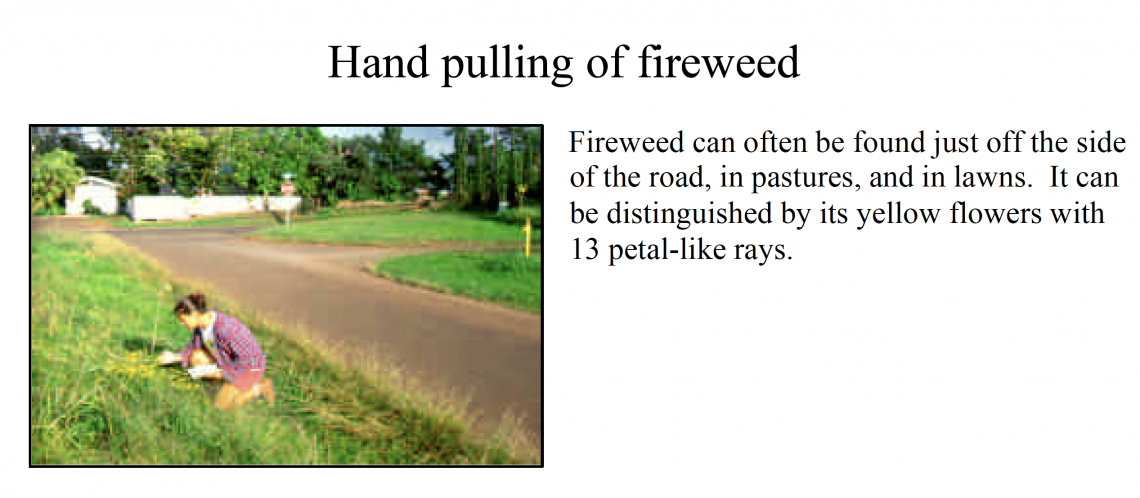


*Bagged plants can be safely disposed with household trash at the landfill*

